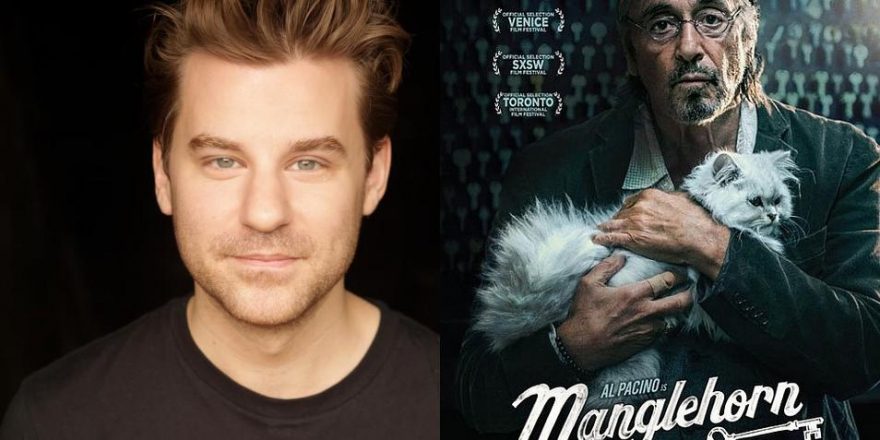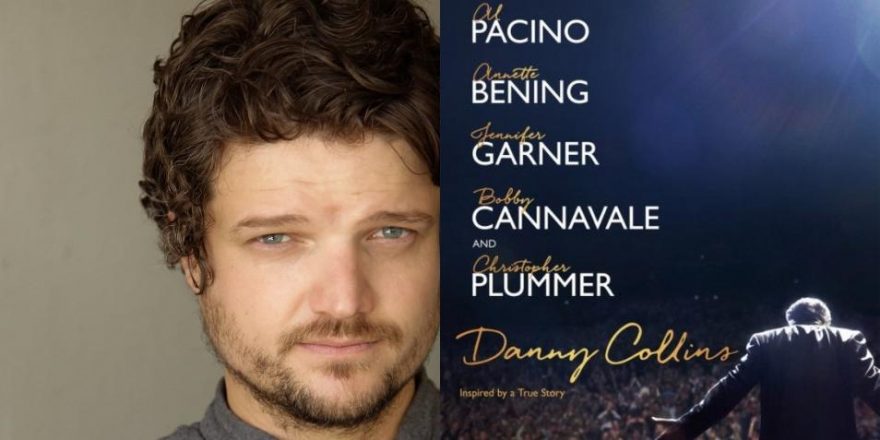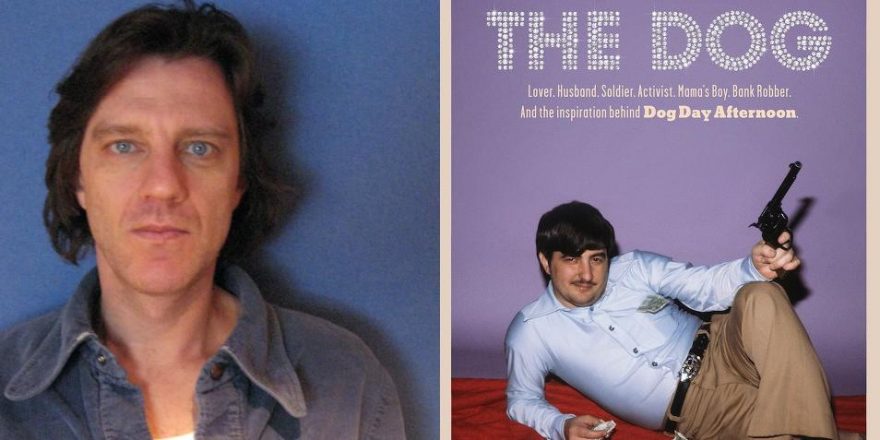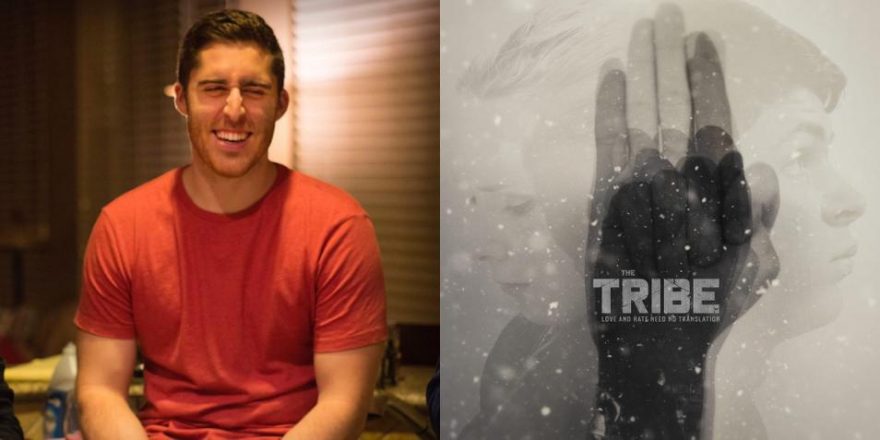One day, Al Pacino will be dead. Thankfully, we’ll be able to choose (assuming we’re still around) which Al Pacino movie to watch, fit for our mood, tip of our fingers, and suddenly there he’ll be, seething or brooding, hoo-ahing, breaking our heart, or screaming at the top of his lungs for no immediately apparent reason. But there he’ll be, in front of us, alive.
Cinema has yet to top the radical act of filming living creatures as they are, allowing us to experience what it was like to watch a baby from 1899 open and close its eyelids, a literal blink-of-an-eye moment which contained eternity for the person captured on celluloid. In those days, recording behavior was enough, storytelling a distant goal. The storm moved quickly, however. Destined to embrace and advance every aspect of moving photography and recorded sound, the 20th century became about building the form around the living creature, whether human or cat or whale, piling on layers of design, framing, color, writing, narrative – because, what to do with the creatures. Certainly they can’t just sit there. We need something else. (Tell that to Andy W., deceased.)
I teach acting at Northwestern University and Acting Studio Chicago, and have written and directed approximately 30 short films and seven features, within which there are a total of about, oh, five insert shots and almost zero landscapes – that is to say, they are made up entirely of shots of people. This was pointed out to me about halfway through the past decade of my trial-and-error film self-education. That doesn’t make any of the films better than films consisting entirely of objects or landscapes or paint; some of them are pretty bad, in fact, people or not. I’m simply putting forward a bias. Filming people is radical (in every sense of the word), and independent film at its worst struggles with this notion.
I was 20 years old when David Gordon Green’s George Washington came out. It left an impression, half-humanistic, half-stylistic. It was a movie that was built around people – in that case, adolescents from North Carolina – but not necessarily in service of them. That film, itself a successful Malick imitation, went on to inspire countless “poetic” and “lyrical” copies, and in the fifteen years since, it’s been fascinating to watch Green’s own tug of war between the humanistic and the stylistic, and to finally witness him, over the past couple of years, reconcile the two with a kind of clunky, ever-changing grace.
It is a character-driven film in the purest sense, with moments that feel unprecedented in their aching authenticity of feeling.As a fellow independent filmmaker (a term that it feels increasingly strange to invoke), I understand the devil on the shoulder that is the pressure of fashionable film form – if you’re an indie, how “should” it look and feel, or, more accurately, I guess, what do the “gatekeepers” want it to look and feel like? Does it need to be more Brooklyn? Independent film, in many ways, has become a brand, a package, far from the monument to the human and the living (note to self: make an animal movie, you know you want to); at the same time, there is superficial praise of the human actor, a celebration of Great Performances, and Showcases, and Vehicles for Underutilized Celebs. Meanwhile, you can visit a garden party in 1895 and it’s more magical than anything.
Manglehorn is a simple story, beautifully and interestingly told. It features Al Pacino’s best performance in decades, as well as a movingly vulnerable Holly Hunter fitting right in amongst the regular inhabitants of Crown Rock, Texas. Pacino plays A.J. Manglehorn, a locksmith mired in depression over his lost love, Clara, plagued by a persistent melancholy but able to find occasional joy in caring for his kitty cat. Estranged from his financially successful son (played so closely to caricature by Chris Messina that it rings true), and pestered with affection by a sketchy, oddball surrogate of sorts named Jacob (Harmony Korine), Manglehorn struggles to bond with a local bank worker (Holly Hunter) as he remains haunted by Clara.
Whatever plot exists in the film consists of Pacino’s brilliantly and humanely wrought title character bouncing around small-town Texas like a lost satellite, neither coming to rest nor crashing, just floating around, occasionally soaring, but more often than not bumping briefly and uncomfortably with passing rocks. It is a character-driven film in the purest sense, with moments that feel unprecedented in their aching authenticity of feeling, but of greater importance, it is human-driven, which can’t be said of many Character-Driven dramas, in which there is constantly felt the Presence of a Solid Actor Boldly Going Where Many Have Gone Before and a filmmaker pausing only briefly (and fashionably) to focus on people, superficially, and oftentimes exploiting a region that makes them horny, before moving back into more “Cinematic” territory.
None of this is to say that there aren’t several stylistic flourishes in Manglehorn, some deeply self-conscious (neither a positive nor negative value judgement) – there are musical montages, dissolves aplenty, more voiceovers than in any other film in recent memory, and even a dream sequence. However, nestled alongside these flourishes are performances that feel genuinely lived-in, unpretentious and unified, not to mention specifically and honestly regional. I’m not quite sure where it happened, but somewhere along the way – maybe it was during the Pineapple Express / The Sitter days, to their credit – Green learned, or relearned, that it’s not enough to create atmosphere; said atmosphere is best experienced in service to character, and humanity, and the best presentation of recorded human life involves a trust that recorded life is ultimately enough, and that good actors do not need style, but the other way around.
With Prince Avalanche (my favorite film of 2013 and one of the miracles of recent American cinema), Joe, and Manglehorn, David Gordon Green, now a genuinely great filmmaker, is creating humanistic hybrids of sorts – part human character study, part stylistic adventure, each side generously feeding the other in perfect and entertaining harmony, illuminating our lives and endowing our normalcy with a certain magic. Yes, in Manglehorn there is a mime, the aforementioned dream sequence, a cutesy cat, and a way-too-precious final moment, as well as a slightly out-of-place Harmony Korine, which is, at the very least, an interesting artifact for down the road. And yet everything – everything – in the film feels in service of common humanity, an appreciation and trust in the recording of living, breathing human bodies, as much the cafeteria workers and bank employees, alive and breathing somewhere in Texas right now, probably, as Al Pacino.







